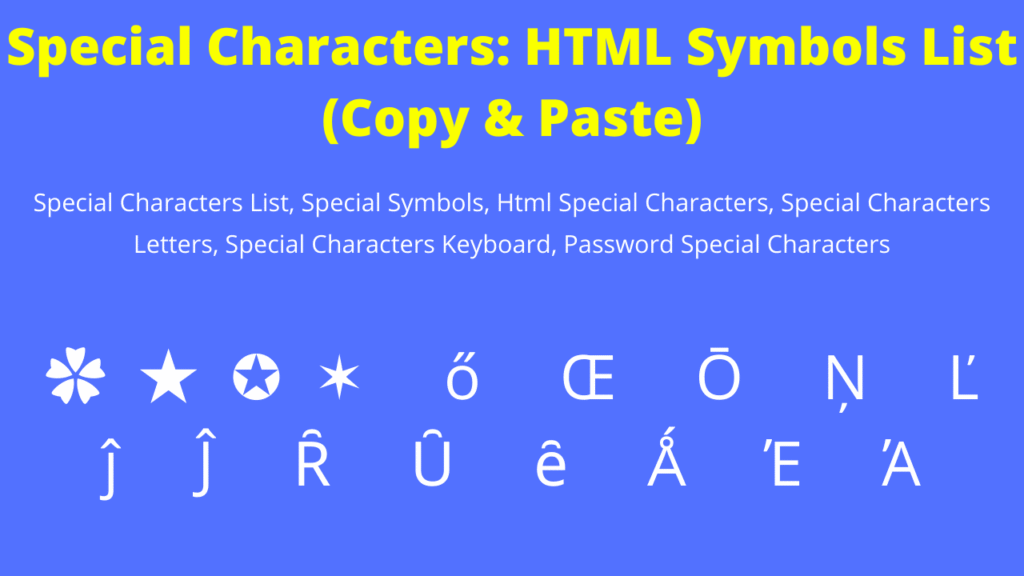
The English alphabet, while comprehensive, represents only a fraction of the symbols and characters used in human communication. Beyond the familiar letters, a vast and fascinating world awaits exploration, filled with unique symbols that hold diverse meanings and applications. This article delves into this realm, uncovering the hidden stories behind mathematical notations, punctuation marks, and esoteric glyphs that follow the letter Z.
This journey will take us through various categories of symbols, examining their origins, functions, and cultural significance. We’ll explore how these unique characters enrich written language, adding layers of complexity and nuance to our understanding of communication. Prepare to expand your knowledge of written expression and discover the hidden world beyond the alphabet!
Symbols After Z
The realm beyond Z encompasses a diverse array of symbols, each with its own story to tell. These symbols often represent concepts or ideas that transcend the limitations of the English alphabet, offering alternative ways to express thoughts and emotions. Some examples include:
- Unicode characters: The Unicode standard encompasses thousands of characters from various writing systems worldwide. These characters extend beyond the basic Latin alphabet, including symbols for currency, mathematical operations, and ideograms.
Emoji: These pictorial representations have become an integral part of digital communication, conveying emotions, ideas, and even complex narratives through simple images.
Logograms: Found in ancient writing systems like Chinese and Egyptian hieroglyphs, logograms represent entire words or concepts as single symbols.
Mathematical Notations
Mathematics relies heavily on a unique set of symbols to express complex equations and concepts. These notations often have specific meanings and conventions, allowing mathematicians to communicate precise ideas with clarity and efficiency.
Common Mathematical Symbols
- Σ (Sigma): Represents summation, indicating the addition of a series of numbers.
- ∫ (Integral): Indicates integration, a process used to find the area under a curve or the total accumulation of a quantity.
- ∞ (Infinity): Represents an unbounded concept, signifying something without limit.
Advanced Mathematical Symbols
- ∂ (Partial Derivative): Used in calculus to indicate the rate of change of a function with respect to one variable while holding others constant.
- ∇ (Nabla): Represents the gradient operator, used in vector calculus to describe the direction and magnitude of change in a scalar field.
Punctuation Marks
While often overlooked, punctuation marks play a crucial role in shaping the meaning and flow of written language. They guide the reader’s understanding, clarifying pauses, emphasis, and relationships between words and sentences.
Essential Punctuation Marks
- Comma (,): Separates items in a list, clauses within a sentence, or sets off introductory phrases.
- Period (.): Marks the end of a declarative sentence.
- Question Mark (?): Indicates an interrogative sentence.
Less Common Punctuation Marks
- Ellipsis (…): Indicates an omission of words or a trailing thought.
- Hyphen (-): Joins words together to form compound adjectives or indicates a break within a word.
Esoteric Glyphs
Beyond the realm of everyday communication, esoteric glyphs hold hidden meanings and symbolic significance. These symbols often appear in ancient texts, mystical traditions, and occult practices, representing complex concepts and spiritual truths.
Ancient Glyphs
- Runes: An alphabet used by Germanic peoples, each rune possessing a unique meaning and association with natural forces or deities.
- Hieroglyphs: The pictorial writing system of ancient Egypt, where symbols represented words, sounds, or ideas.
Modern Esoteric Glyphs
- Sigils: Symbols created for magical purposes, believed to hold power and influence specific outcomes.
- Astrological Symbols: Represent planets, constellations, and astrological concepts, used in divination and understanding cosmic influences.
Hidden Meanings
Many symbols possess multiple layers of meaning, depending on context and cultural interpretation.
- Cultural Symbolism: A symbol’s meaning can vary significantly across cultures. For example, the color red symbolizes passion in Western cultures but mourning in some Eastern traditions.
- Subtle Nuances: Even within a single language or culture, symbols can carry subtle nuances that influence their interpretation.
Conclusion
The world beyond Z is a vibrant and multifaceted realm, filled with unique symbols that enrich our understanding of written language and human expression. From mathematical notations to esoteric glyphs, these characters offer diverse perspectives and unlock hidden meanings within communication. By exploring this fascinating territory, we gain a deeper appreciation for the complexity and beauty of human language in all its forms.
